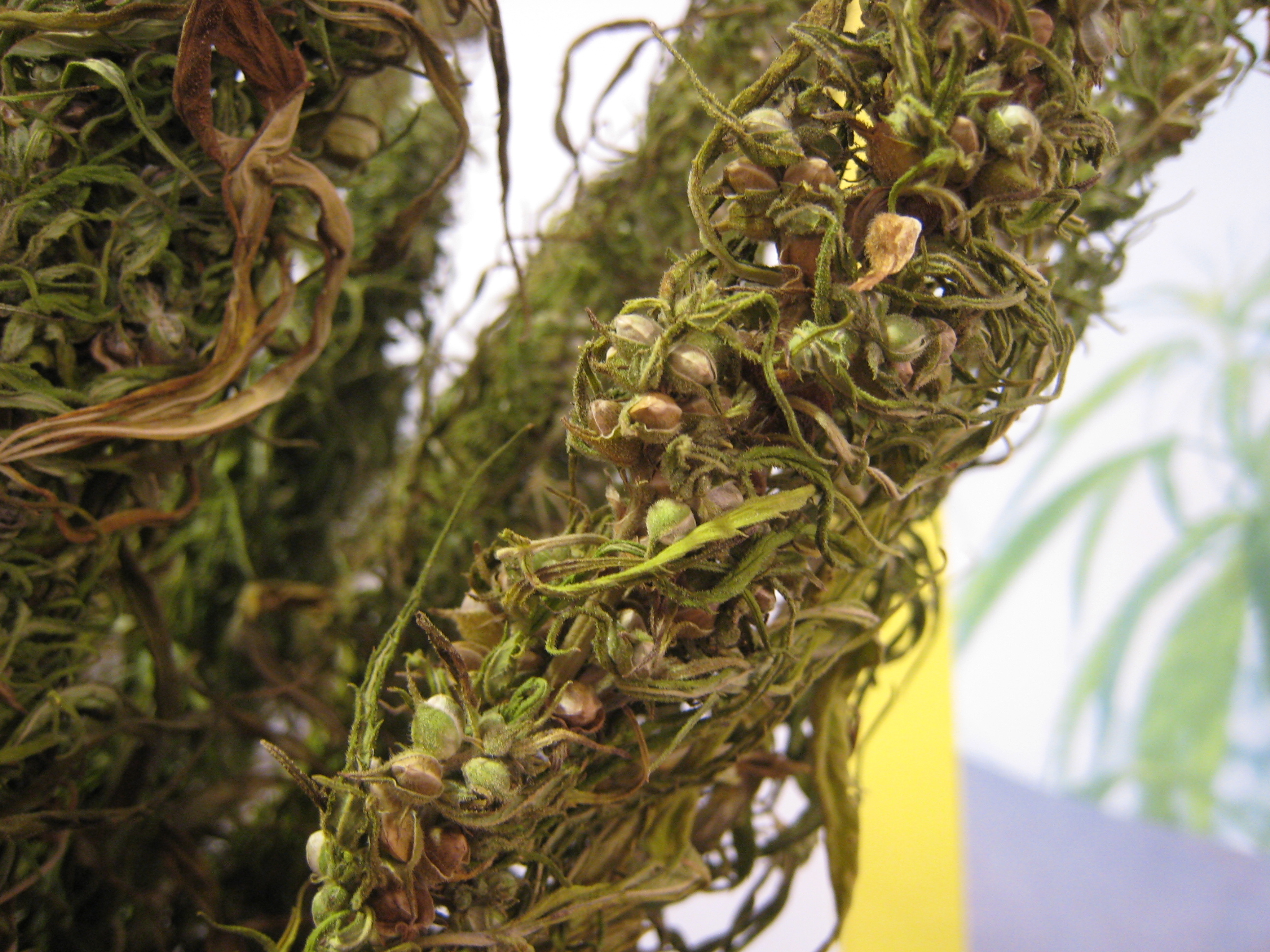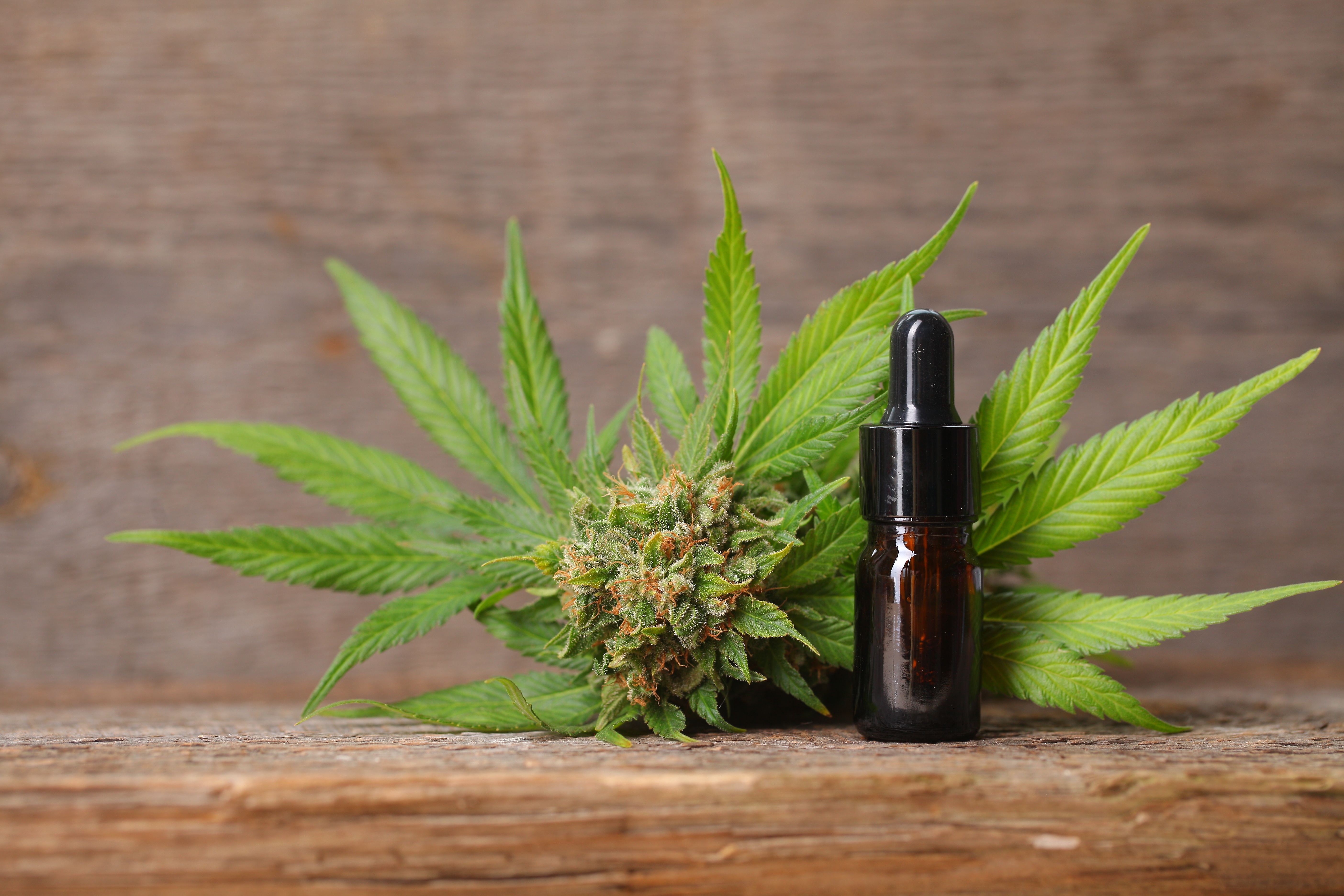Why Terpene Testing in Cannabis Is More Important Than You Might Think
Most people associate cannabis with THC and CBD. But if you’ve ever wondered why one strain lifts you up while another winds you down, the answer...
2 min read
Ellutia Aug 22, 2025 8:52:32 AM

Nitrosamines are among the most tightly regulated contaminants in pharmaceuticals, food, and tobacco, yet in cannabis, they are barely on the regulatory radar.
For growers, processors, and brands that care about product safety and consumer trust, this is a gap worth closing.
Nitrosamines are a group of chemical compounds that form when amines - naturally present in all plant material - react with nitrosating agents such as nitrites.
These nitrites can come from fertilisers, environmental contamination, or microbial activity during drying and curing.
Certain nitrosamines, including NDMA (N-Nitrosodimethylamine) and NDEA (N-Nitrosodiethylamine), are classified as probable human carcinogens. Others, such as NDELA, are monitored in cosmetics and tobacco due to the risk of inhalation or skin absorption.
The conditions that promote nitrosamine formation, warm temperatures, low oxygen, mild acidity, or oxidative environments, are not unusual. They can occur during:
Curing of flower
Extraction processes
Storage in sealed packaging under heat

Inhaled products like flower, pre-rolls, and vape cartridges bypass many of the body’s natural defences, meaning even low concentrations of nitrosamines can be significant.
In the tobacco industry, a subset known as tobacco-specific nitrosamines (TSNAs) has been a regulatory focus for decades. Validated CORESTA methods are used globally to keep levels within strict limits. Cannabis, despite being a similar plant-based inhalable product, has no equivalent mandatory testing.
That gap will not last forever, and when regulations catch up, producers already testing for nitrosamines will be ahead of the curve.

Nitrosamines can be measured using Gas Chromatography (GC) or Liquid Chromatography (LC), often coupled with selective detectors for maximum sensitivity.
Two main approaches are used:
Total Nitrosamine Content (ATNC) – a fast screening method to flag possible contamination sources.
Compound-Specific Analysis – identifies and quantifies individual nitrosamines, often using GC paired with a Thermal Energy Analyser (TEA).
The Ellutia 200 Series GC, combined with TEA detection, delivers the selectivity and sensitivity needed to detect trace levels down to parts per billion — making it ideal for cannabis products where even small amounts matter.
Nitrosamines are not an issue to investigate only when they become a compliance requirement. They form under common cultivation, processing, and storage conditions, and once present, they are difficult to remove.
By integrating nitrosamine testing now, producers can:
Safeguard consumer health
Protect brand reputation
Demonstrate leadership in quality and safety
Ellutia has decades of experience in nitrosamine detection across pharmaceuticals, food, and tobacco. The same proven methods can be applied to cannabis today.
Reach out to us today to Learn how the Ellutia 200 Series GC can help you detect and control nitrosamines before they become a compliance problem.
Find out more about our nitrosamine testing solutions
Watch our application videos

Most people associate cannabis with THC and CBD. But if you’ve ever wondered why one strain lifts you up while another winds you down, the answer...

Cosmetics aren't just about enhancing beauty; they're about trust and safety. In the intricate dance of beauty and science, the discovery of...

When patients rely on medicinal cannabis to help manage conditions like epilepsy, chronic pain, or multiple sclerosis, potency accuracy isn’t...